The automotive industry is a massive and ever-evolving sector that drives economies worldwide. At the heart of this industry lies a vast array of components known as automotive parts, which are essential to the function, performance, and safety of every vehicle. From engine parts to braking systems, from electrical components to body panels, each piece plays a crucial role in ensuring a smooth, safe, and efficient driving experience.
Original Equipment Manufacturer (OEM) Parts – These parts are made by the vehicle manufacturer or its authorized suppliers and are designed to fit precisely and perform at the same standard as the original parts installed in the vehicle when it was first produced.
Aftermarket Parts – These are parts made by third-party manufacturers that are not affiliated with the vehicle’s original manufacturer. Aftermarket parts often come at a lower price and can vary in quality, but they can provide cost-effective alternatives to OEM parts.
Automotive parts range from large, mechanical components like engines and transmissions to smaller, less visible parts like sensors, wires, and seals. Each part is crucial to the vehicle’s overall operation, and replacing them with high-quality alternatives is essential for maintaining performance, safety, and reliability.
The engine is the heart of any vehicle, and its parts are essential for generating power and ensuring smooth operation. Key components of an engine include:
These cylindrical components move up and down within the engine’s cylinders to convert fuel energy into mechanical power.
Crankshafts: The crankshaft transforms the reciprocating motion of the pistons into rotational motion, which drives the vehicle’s wheels.
Timing Belts: These ensure that the camshaft and crankshaft rotate in sync, maintaining proper engine timing for optimal performance.
The transmission system is responsible for transferring power from the engine to the wheels. It ensures that the vehicle shifts smoothly between gears. Key components of this system include:
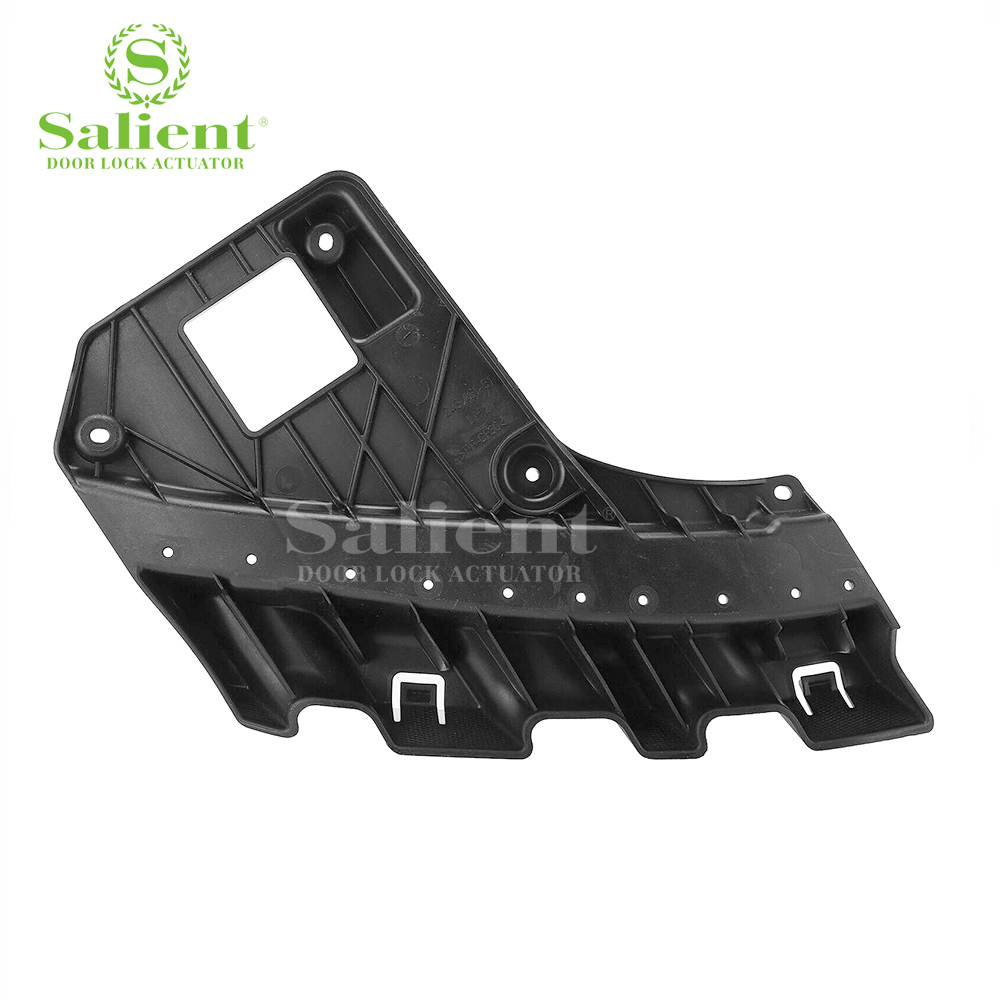
A device that connects and disconnects the engine’s power from the transmission, allowing smooth gear shifts.
Differential: A gear system that allows the wheels to rotate at different speeds, which is essential when turning.
Axles: These transfer the torque generated by the engine to the wheels, enabling the vehicle to move.
Safety is paramount in automotive design, and the braking system plays a critical role in ensuring that a vehicle can stop when necessary. Essential components of the braking system include:
Brake pads press against rotors to create the friction needed to slow down or stop the vehicle.
Brake Calipers: These clamp the brake pads onto the rotors to generate stopping power.
Master Cylinder: The master cylinder holds and distributes brake fluid, allowing the driver to control the braking system.
The suspension system helps to smooth out the ride and ensure vehicle stability. It also supports the vehicle's weight and controls its handling. Steering components, on the other hand, allow the driver to control the direction of the vehicle. Key parts in this category include:
These dampen the impact of bumps and irregularities on the road, providing a smooth ride.
Control Arms: These link the vehicle’s frame to the wheels and control the movement of the suspension.
Power Steering Pump: This helps to ease steering effort, allowing drivers to turn the wheel more easily.
Modern vehicles rely heavily on electronics for functionality, from engine control to infotainment systems. Key electronic parts include:
Alternators: These generate electricity to power the vehicle’s electrical systems, including lights, air conditioning, and the radio.
Sensors: Sensors monitor various vehicle systems, providing real-time data to control fuel efficiency, emissions, and engine performance.
ECUs (Electronic Control Units): These are the “brains” of modern vehicles, controlling various systems like engine management, transmission, and safety features.
In addition to mechanical parts, vehicles also contain numerous rior components that enhance both appearance and functionality. Some key parts include:
Body Panels: These are the exterior parts of the vehicle, including doors, fenders, and bumpers, that protect the internal components and contribute to the vehicle’s aesthetic.
Seats and Upholstery: The seating system provides comfort and safety for passengers, with components such as seat cushions, upholstery, and seat belts.
Windshields and Windows: These provide visibility for the driver while also protecting occupants from the elements.
Over the years, advancements in materials, manufacturing techniques, and electronics have significantly improved the performance, safety, and efficiency of automotive parts. Some of the notable developments include:
Lightweight Materials: The use of aluminum, carbon fiber, and composite materials has helped reduce the weight of vehicles, improving fuel efficiency and performance.
Smart Technology: Automotive parts now often feature sensors, microchips, and advanced algorithms that enable vehicles to “think” and respond to driving conditions in real time. Examples include adaptive cruise control, lane-keeping assistance, and automatic emergency braking.
Eco-Friendly Alternatives: As sustainability becomes a more pressing concern, manufacturers are developing parts that are not only more energy-efficient but also environmentally friendly. For example, electric vehicles rely on specialized battery systems and regenerative braking components to reduce emissions and increase fuel economy.


 English
English Español
Español
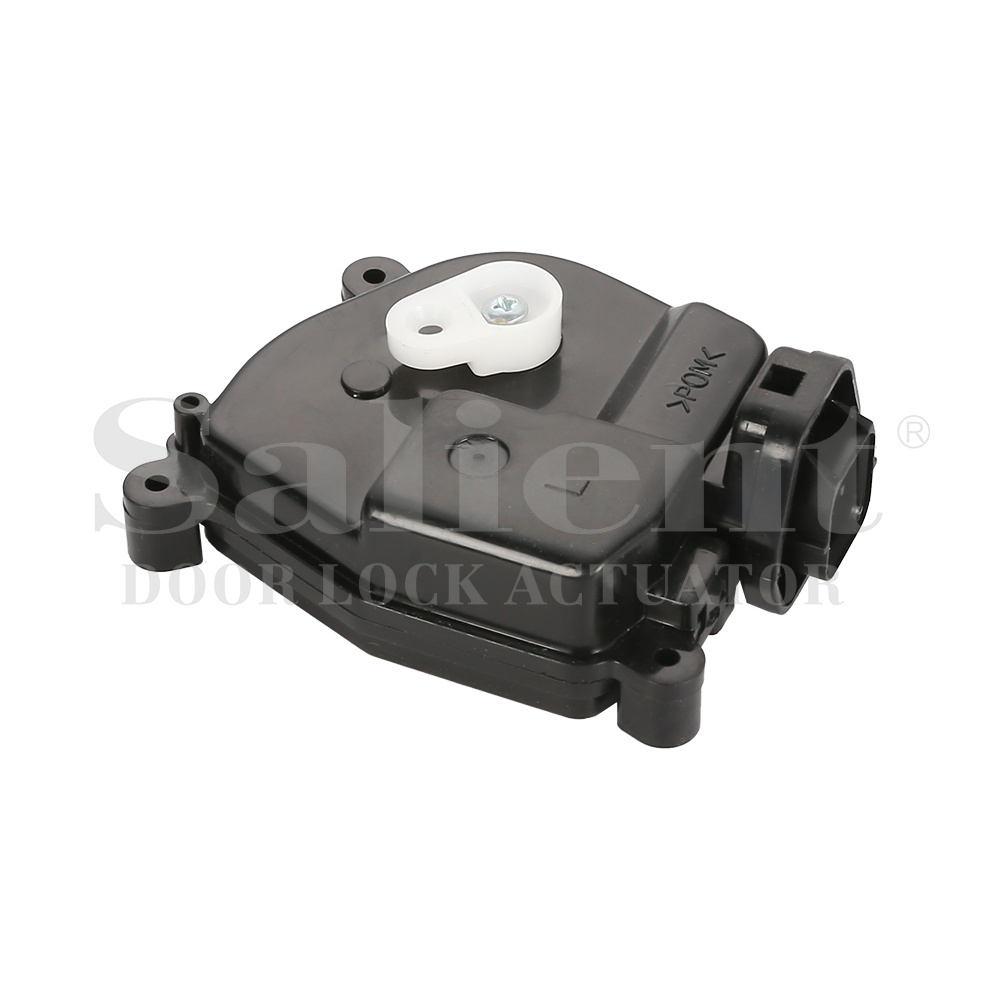
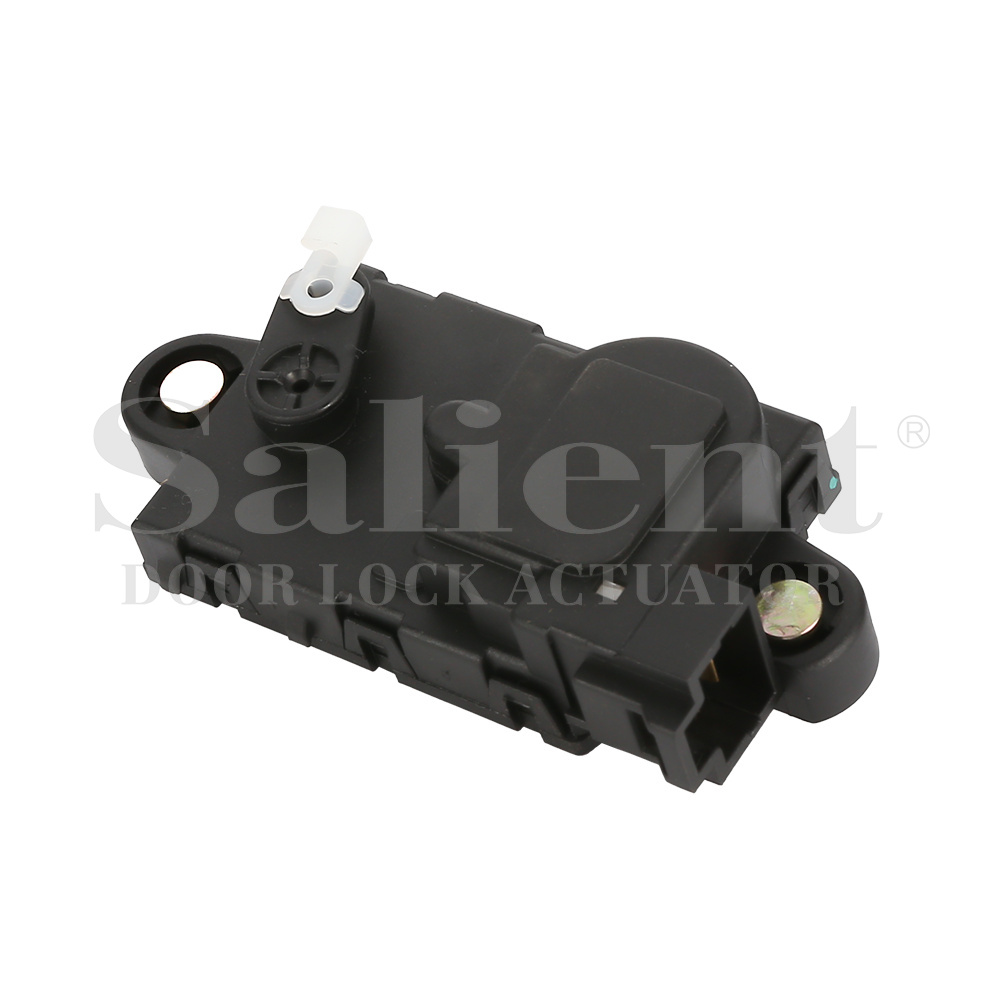
.jpg)
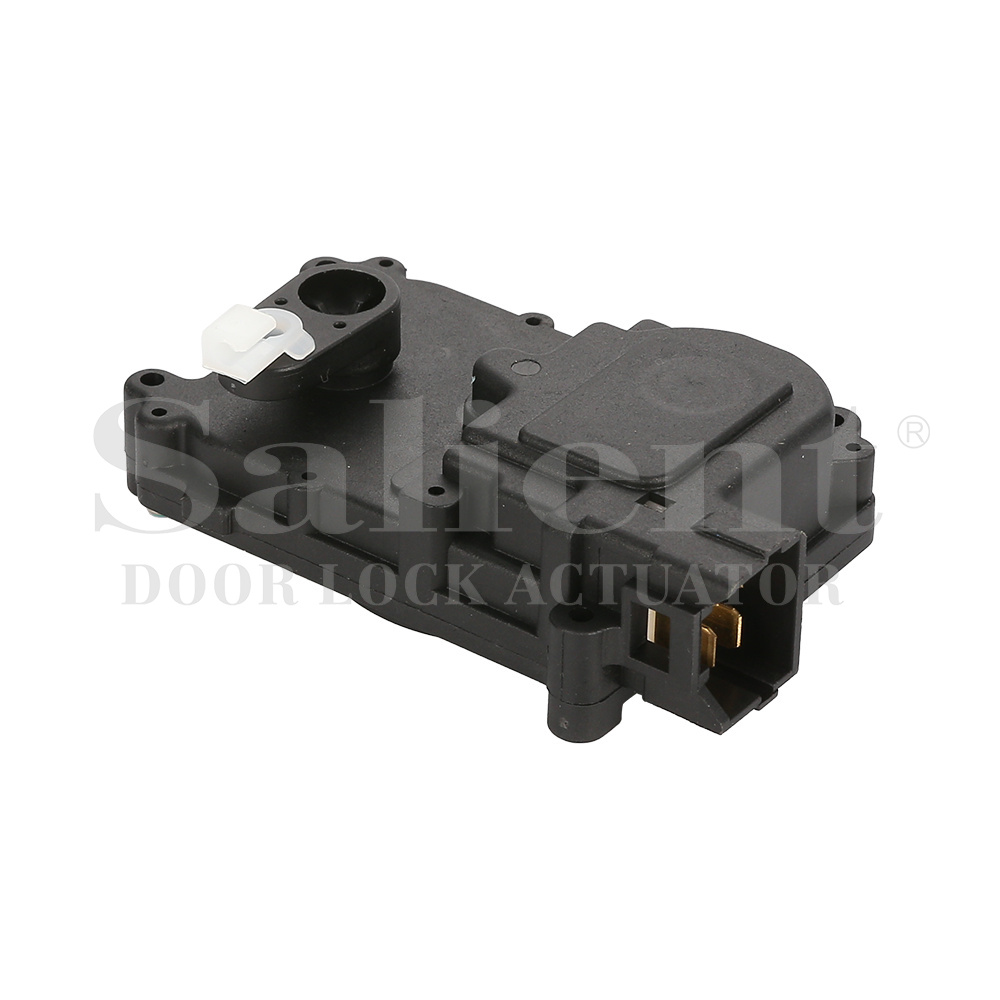

-1.jpg)
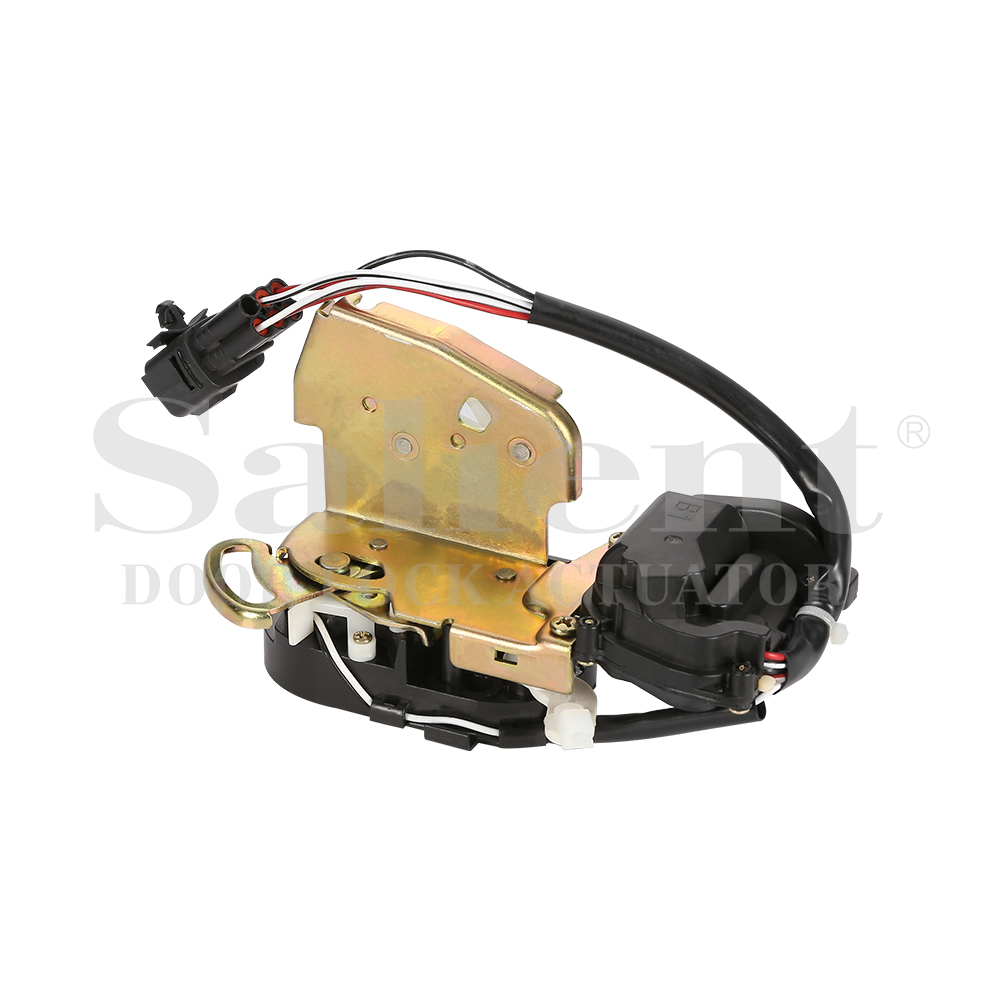
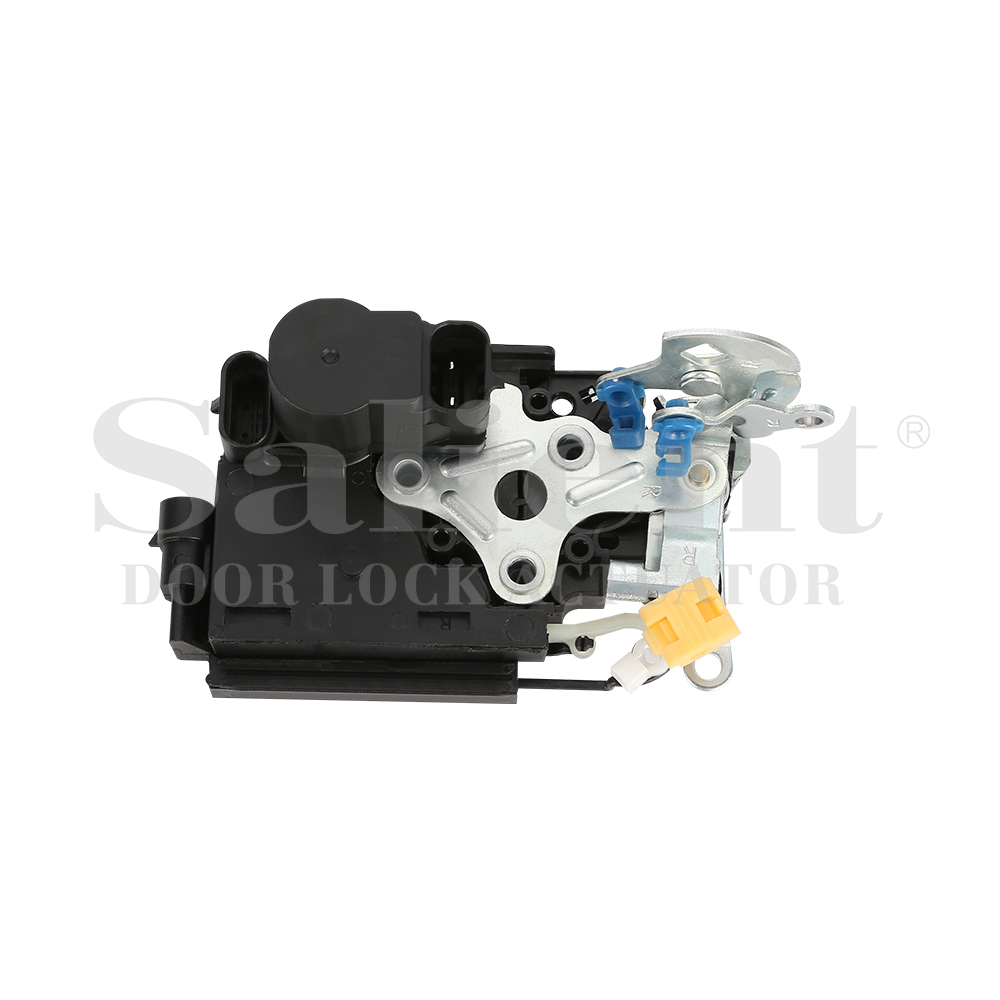
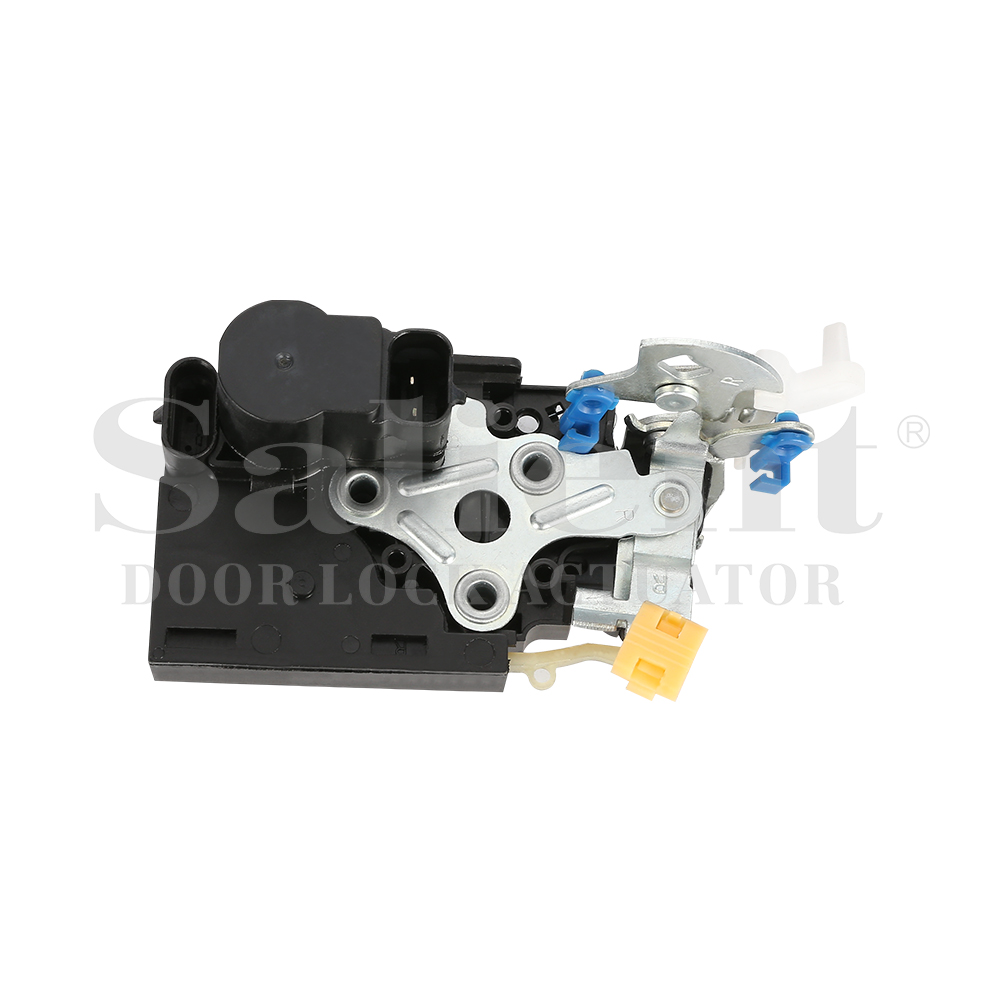

.jpg)
.jpg)

